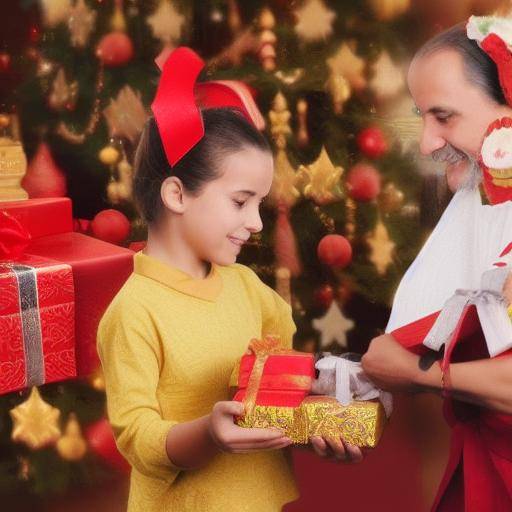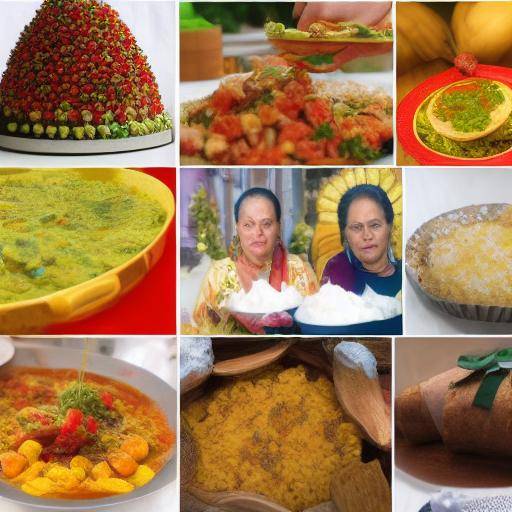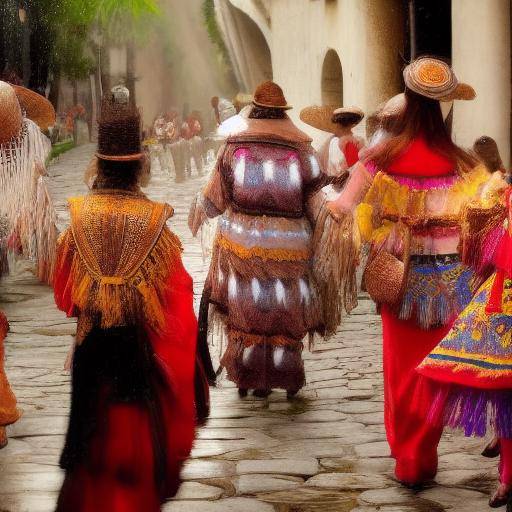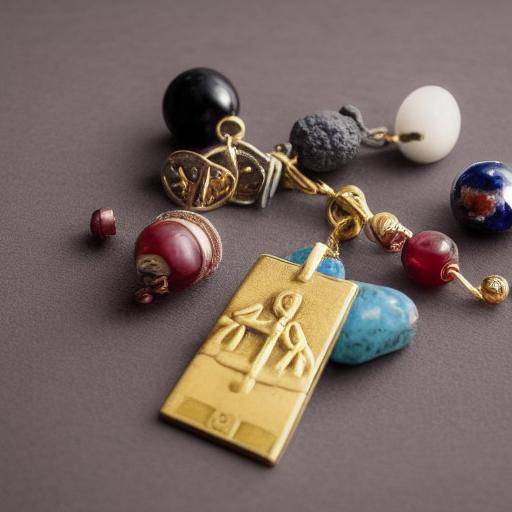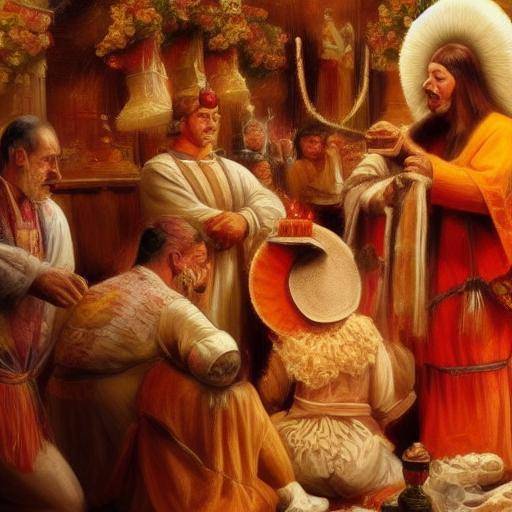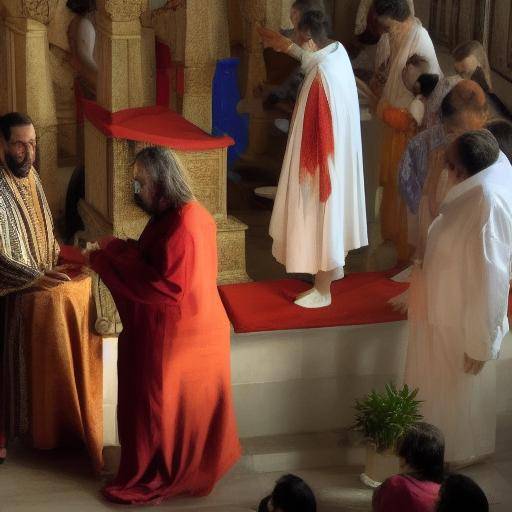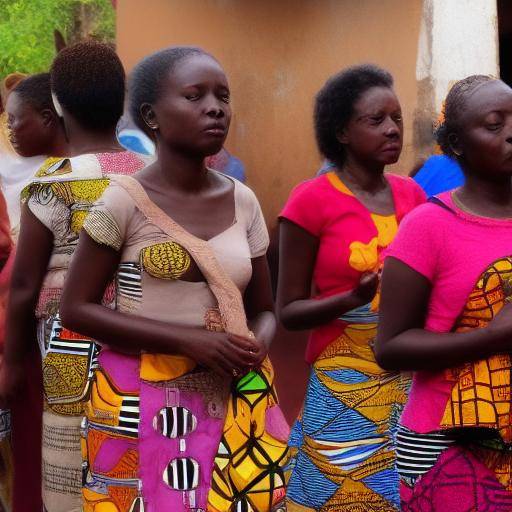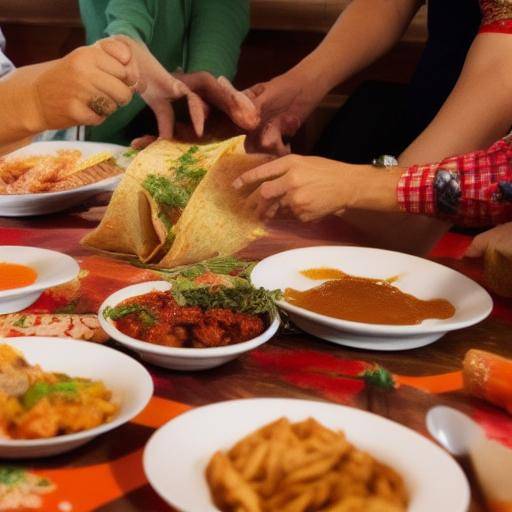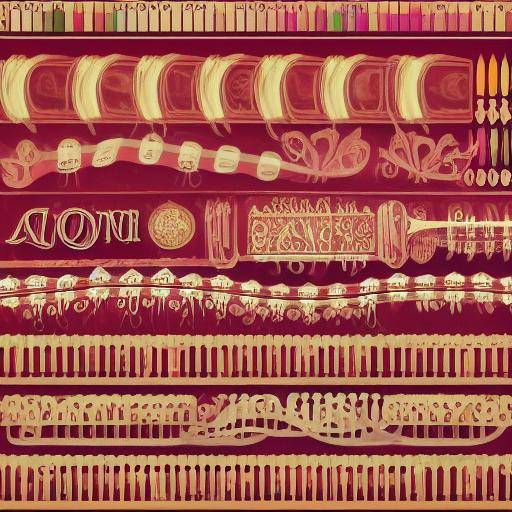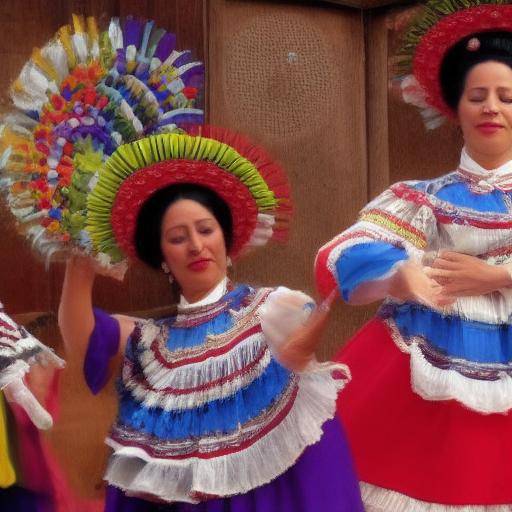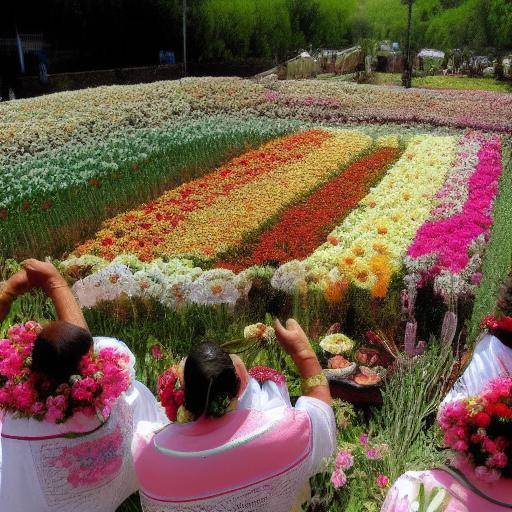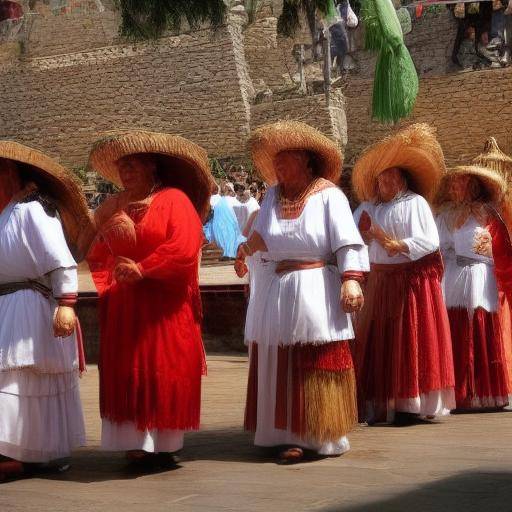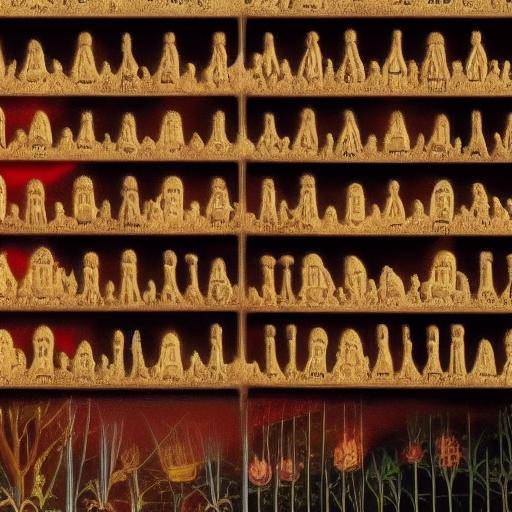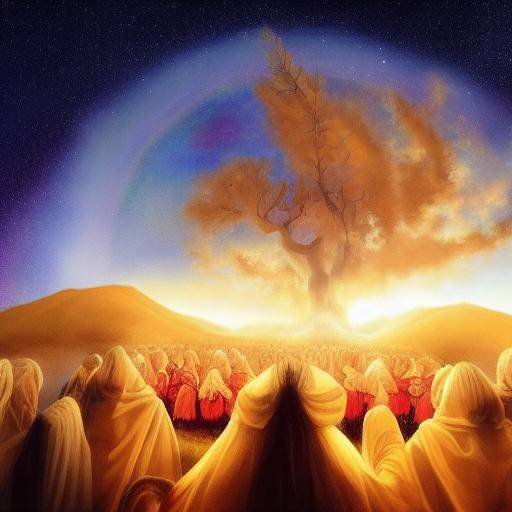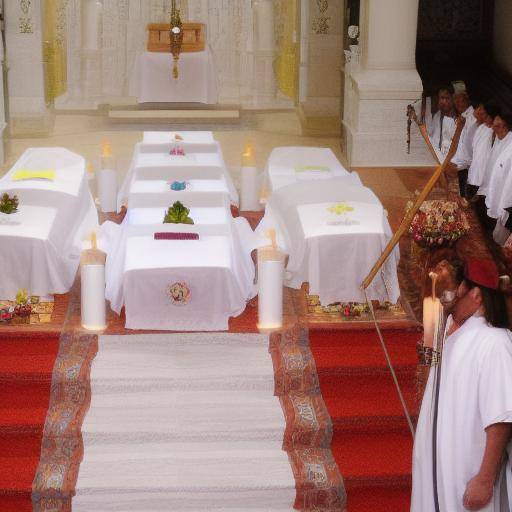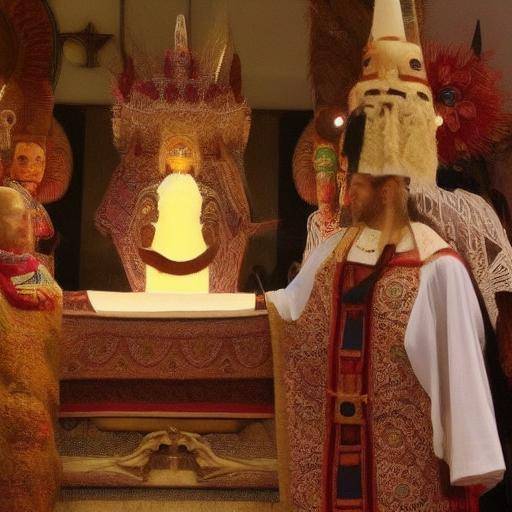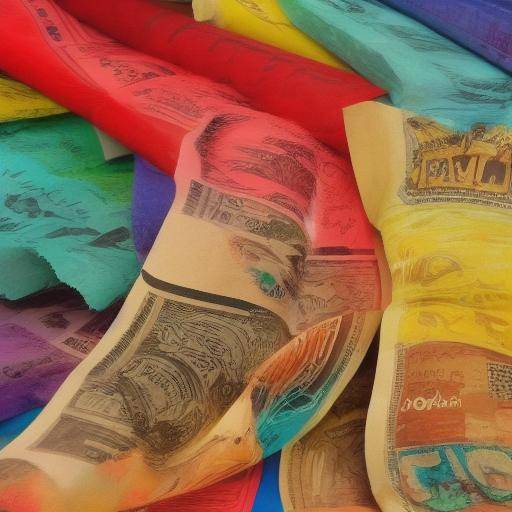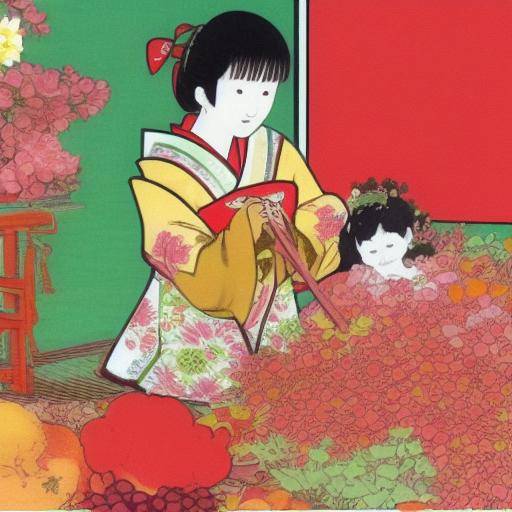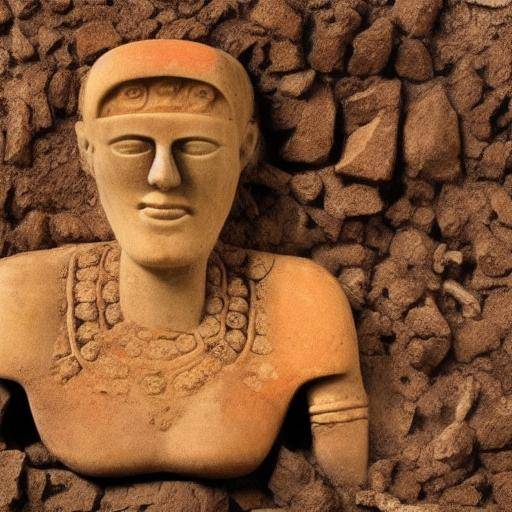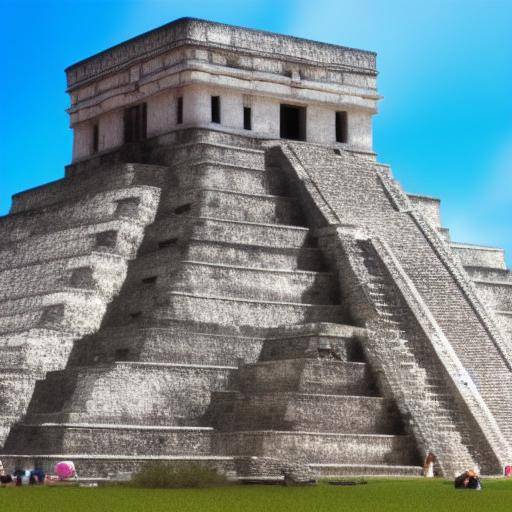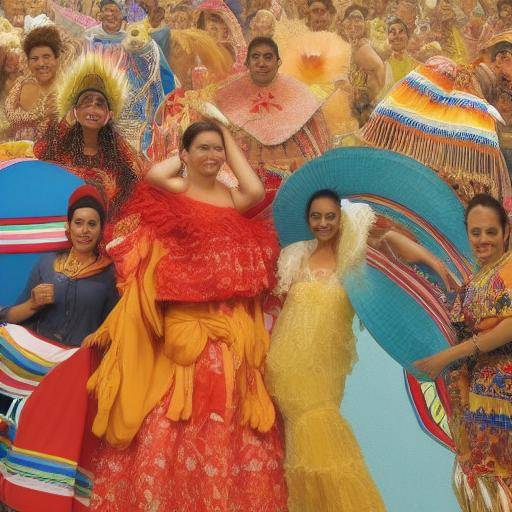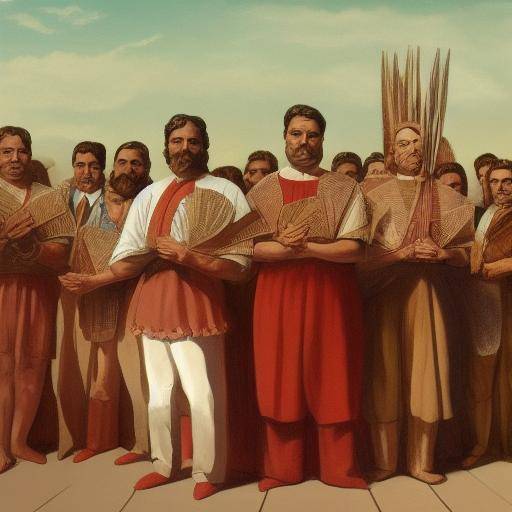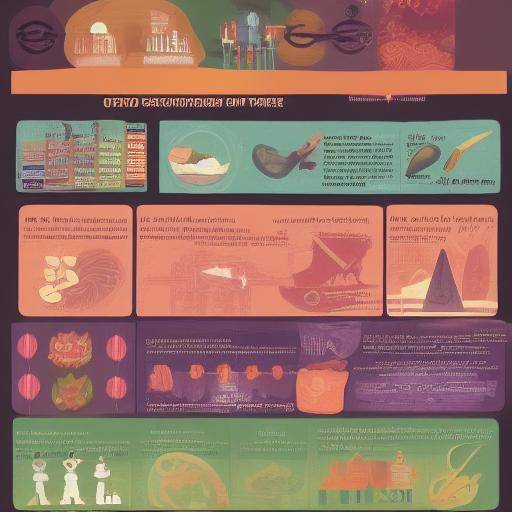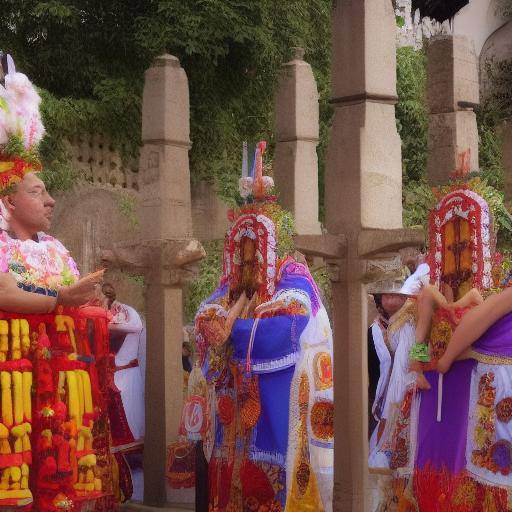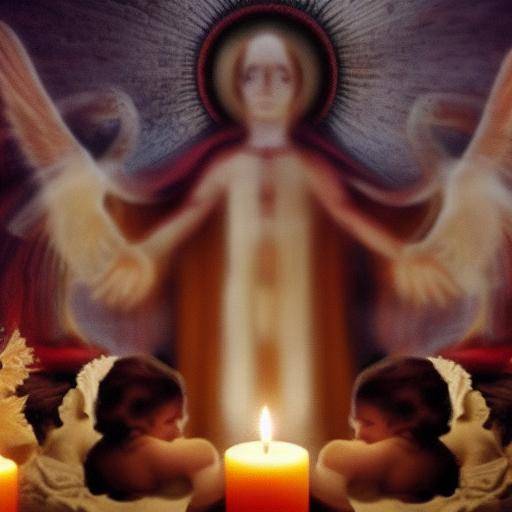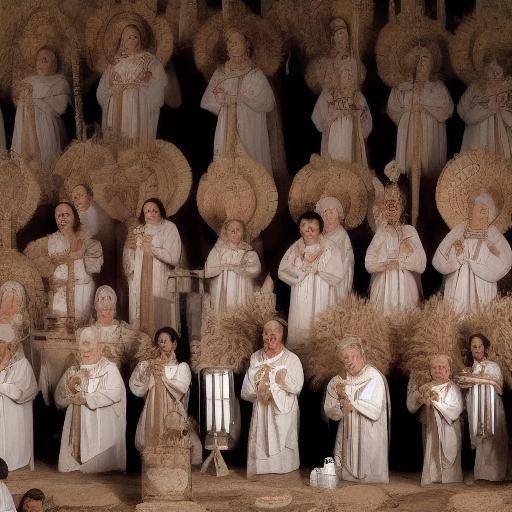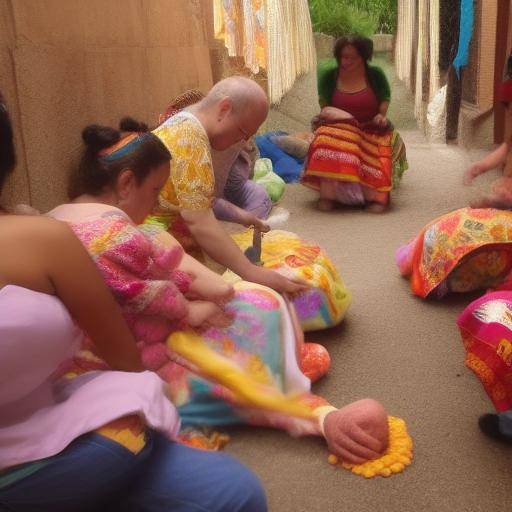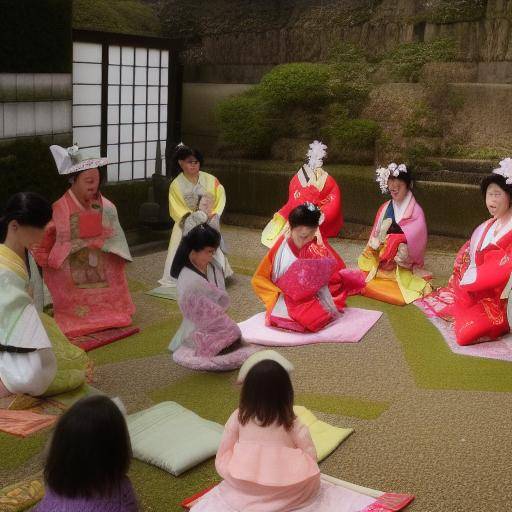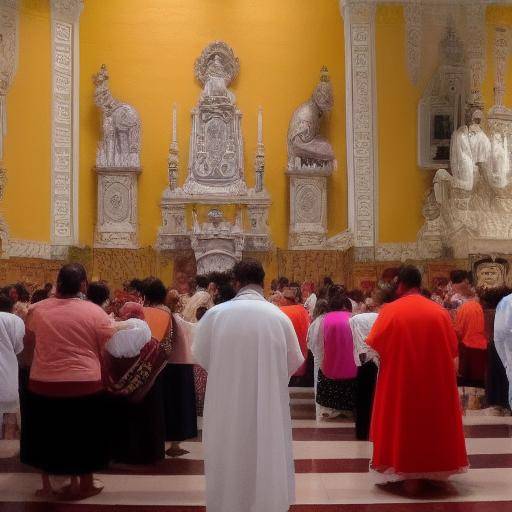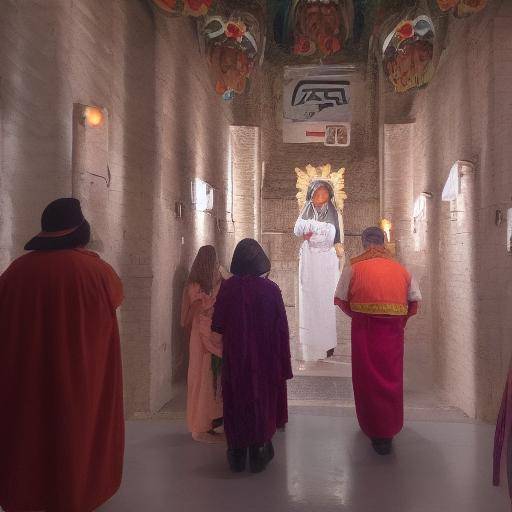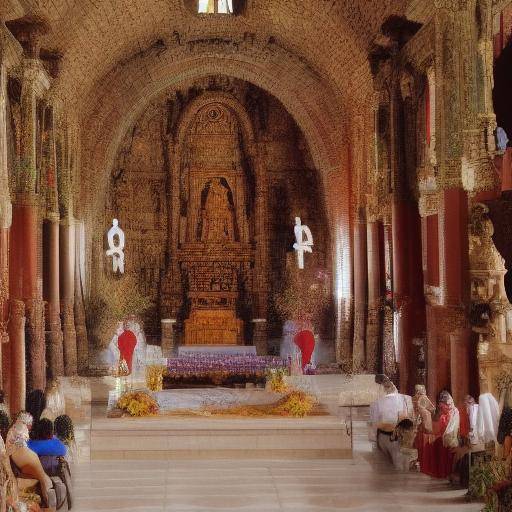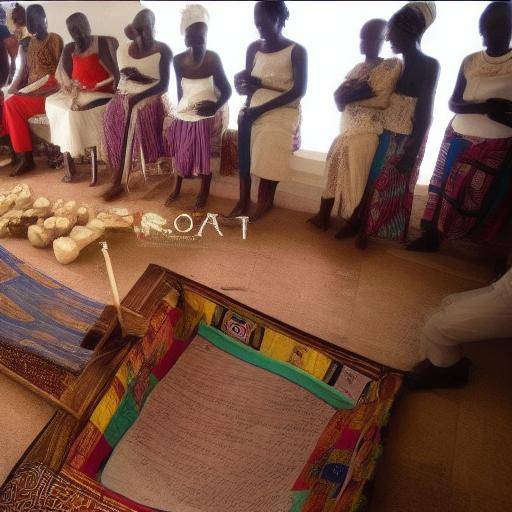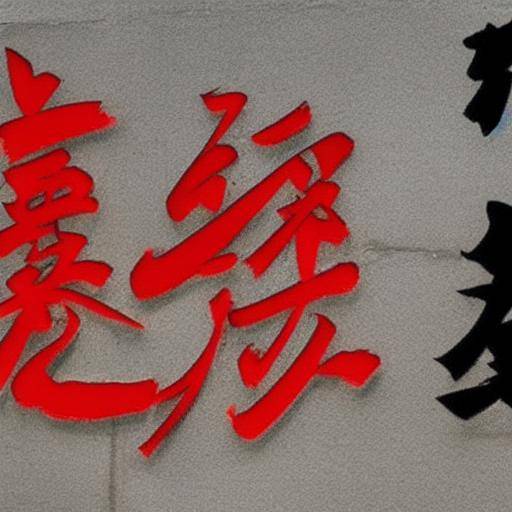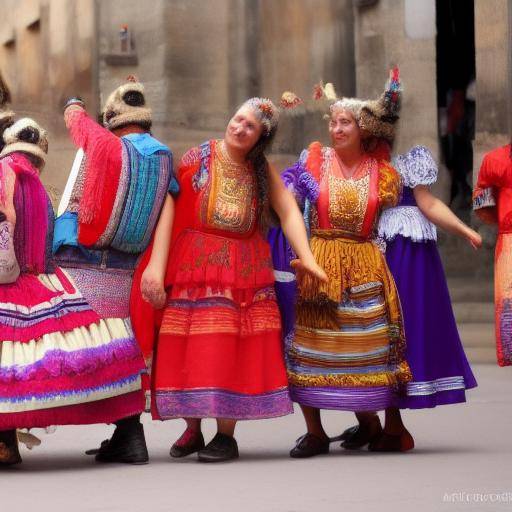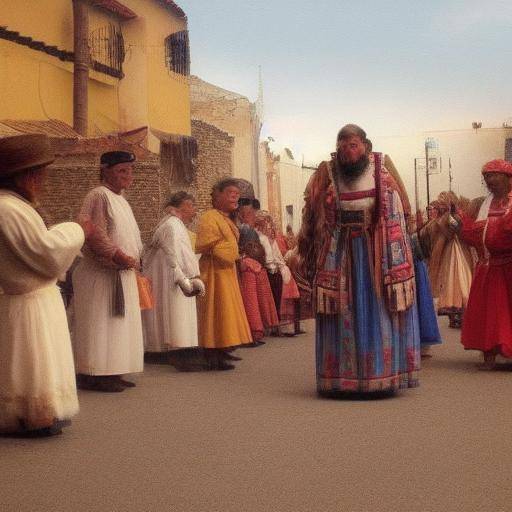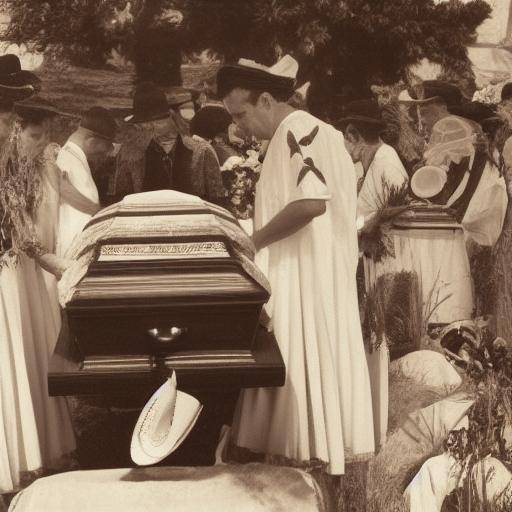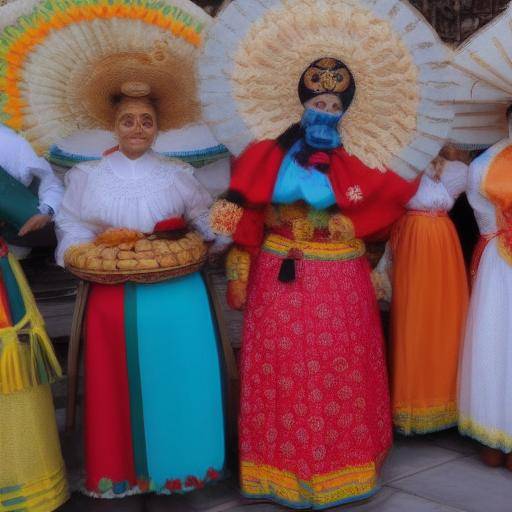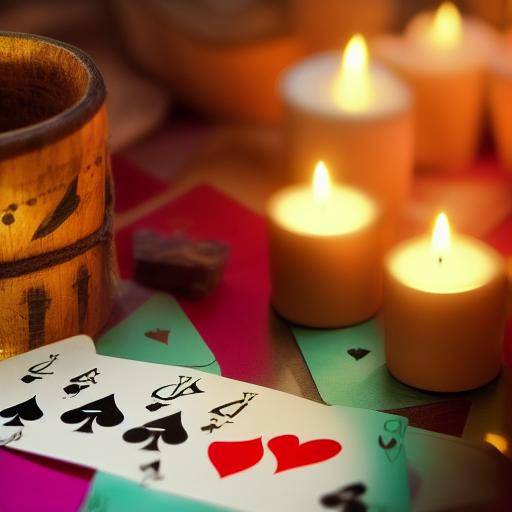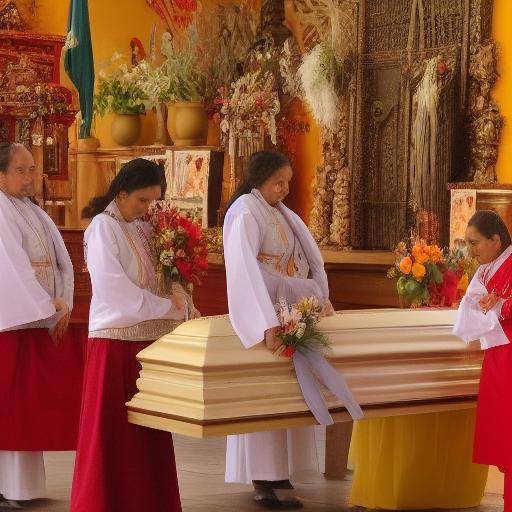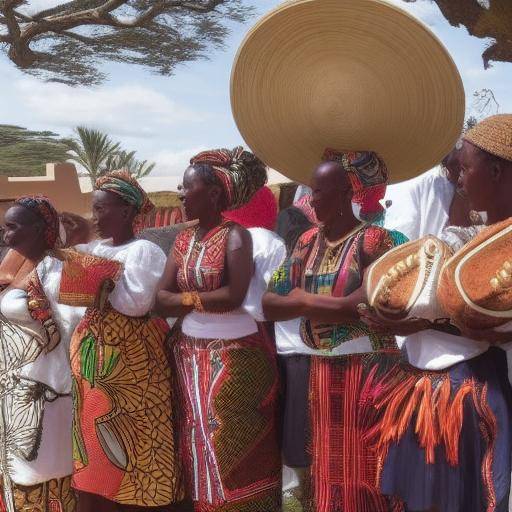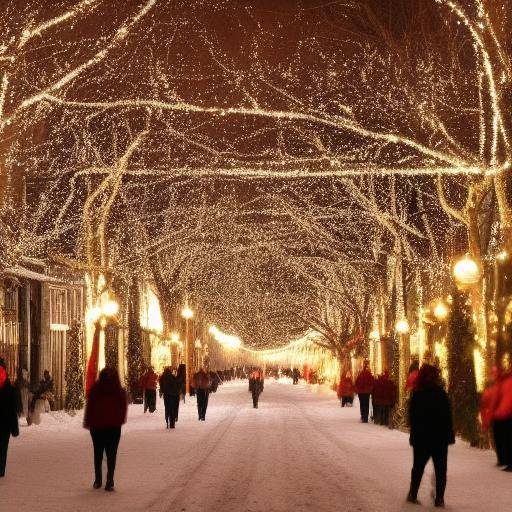
Introduction
Christmas is one of the most anticipated and significant holidays in the world. At this time, traditions and customs occupy a central place in the celebration. Among these traditions, the Christmas tree stands out as one of the most emblematic symbols. In this article, we will explore in depth the meaning of Christmas trees in Christmas traditions, their historical origin, their cultural importance, as well as the various forms in which it has evolved over time and in different cultures.
History and Background
Christmas Tree Origins
The Christmas tree has its roots in ancient pagan traditions that celebrated the nature and cycle of life. It is believed that the tradition of decorating trees in winter dates back to civilizations such as Celts, Romans and Vikings, who saw in the trees a symbol of eternal life.
In the 16th century, in Germany, there is a record of the first Christmas trees decorated with candles, fruits and sweets. This custom was popularized and spread throughout Europe during the following centuries, finally reaching North America in the nineteenth century.
Evolution and Symbolism
The Christmas tree has evolved to become a multifaceted symbol. It represents life, hope, renewal, family union and the celebration of Christmas. Decorations such as lights, colored balls and star at the tip of the tree also have a special symbolism. The lights represent the light of Christ and hope, while the balls and the star symbolize fraternity and faith in the birth of Jesus.
Analysis in Deep
The presence of the Christmas tree in homes and public spaces during the Christmas season has a significant impact on people. At the psychological level, it has been observed that the presence of trees decorated with colorful lights and ornaments can raise the mood and create a festive atmosphere that fosters family union and shared joy.
Cultural and Social Impact
In the cultural and social sphere, the Christmas tree is an element that transcends borders and connects people from different cultures and religions. It is a symbol of peaceful coexistence and mutual enrichment. This is reflected in the diversity of styles and decorations used to adorn trees in different parts of the world.
The preservation of traditions related to the Christmas tree, as well as innovation in its decoration, also have a significant economic impact. The sale and production of natural and artificial trees, as well as Christmas decorations, generate employment and dynamize the economy during the Christmas season.
Comprehensive review
The presence of the Christmas tree in environments such as offices, shopping centers and public spaces awakes a feeling of familiarity and warmth that contributes to creating a welcoming and festive atmosphere for people of all ages. In addition, the Christmas tree has become a focal point for community activities, such as concerts, festivals and charity events that encourage solidarity and generosity.
Comparative analysis
By comparing Christmas traditions in different cultures, similarities are observed in the use of the Christmas tree as a symbol of celebration and family union. However, there are also differences in the way it is decorated and in the traditions associated with its presence. For example, in some countries you get used to putting gifts under the tree, while in others you opt for more minimalist decorations or festivals around the tree.
Practical Tips and Recommendations
At the time of decorating a Christmas tree, it is important to consider the aesthetics and symbolism that you want to transmit. The choice of colors, lights and ornaments can influence the atmosphere you want to create. Likewise, the incorporation of natural elements such as pineapples, pine branches or artisanal ornaments can add a touch of authenticity and warmth to the tree.
Industry Perspectives and Expert Reviews
Experts in interior design and Christmas decoration highlight the importance of customizing the decoration of the Christmas tree to reflect the identity and values of each family. It also promotes the use of recyclable and sustainable materials to reduce the environmental impact of Christmas holidays.
Case Studies and Practical Applications
The adoption of artificial Christmas trees has gained importance in the context of environmental conservation and the reduction of indiscriminate tree cutting. Over the years, high-quality artificial trees have been developed that offer a sustainable and lasting alternative to Christmas celebrations.
Future Trends and Predictions
Trends in the decoration of Christmas trees aim at the customization and incorporation of technology to create stunning light and visual effects. In addition, there is a growing interest in the use of natural and organic elements to decorate trees in order to generate a unique and environmentally friendly visual impact.
Conclusions
The Christmas tree is a symbol rooted in tradition and culture, which transcends borders and gives joy and hope to millions of people around the world. Its meaning goes beyond mere festive decoration, since it represents the union, renewal and celebration of life in community.
Frequently asked questions
Why is Christmas celebrated with a decorated tree?
The tradition of celebrating Christmas with a decorated tree has profound historical and symbolic roots. It is associated with the celebration of life, renewal and hope.
What is the origin of the tradition of the Christmas tree?
The Christmas tree has its origins in ancient pagan traditions that celebrated nature and rebirth. Over time, this custom was integrated into the Christian celebration of Christmas.
What symbolizes the lights and decorations of the Christmas tree?
Lights symbolize the light of Christ and hope, while decorations such as balls and star represent fraternity and faith in the birth of Jesus.
What is the difference between a natural Christmas tree and an artificial one?
A natural Christmas tree comes from real trees and is usually disposed of after the season. On the other hand, an artificial tree is made of synthetic materials and can be reused year after year.
What are the current trends in the decoration of Christmas trees?
Current trends include customization of decoration, the use of technology for visual and light effects, as well as the incorporation of natural and sustainable elements.
How can I make my Christmas tree more sustainable?
Natural and recyclable elements can be used in decoration, opt for a quality artificial tree that can be reused, and turn off the lights during the night to save energy.
Conclusion The Christmas tree is much more than a festive ornament; it represents a tradition rooted in history and culture, as well as a symbol of hope and union in times of celebration. Its lasting meaning over the centuries, giving joy and warmth to homes and communities around the world.

